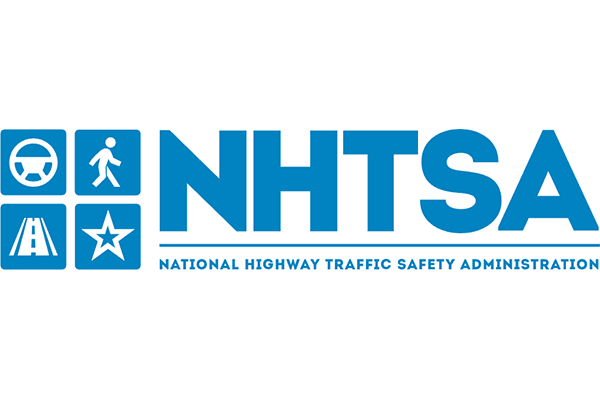The nation’s top auto-safety regulator is failing to meet its own targets for completing investigations into defects that could put drivers at risk, a government audit found.
The findings come as the National Highway Traffic Safety Administration has spent eight years investigating air-bag inflators that could explode and injure people, a time period that far exceeds its own long-standing guidelines of having probes completed in a year or less.
The audit, covered in a report dated May 31 by the U.S. Transportation Department’s inspector general’s office, recommended that the National Highway Traffic Safety Administration implement a plan for meeting its targets for completing auto-defects investigations and ensure documents related to those probes are uploaded to its public website for transparency and accountability.
The lack of timely investigations may limit NHTSA’s ability to identify and respond to rapidly evolving or serious auto-safety risks, the report said. “Further, delays in completing safety defect investigations could result in unidentified motor vehicle defects and safety risks to the traveling public,” it added.
The report was made public after publication of this article in The Wall Street Journal.
NHTSA said that it has already implemented most of the watchdog’s recommendations, and that the changes it began making in 2016 have led it to address safety risk faster than in the past. The agency added that it is continuing efforts to identify safety issues more quickly and engage with manufacturers earlier in the process to conduct more timely recalls.
The inspector general office’s findings follow reporting last month by the Journal, which found that the average length for NHTSA’s open investigations is now the highest in the agency’s 52-year history. Many safety probes launched by NHTSA have been open for three and four years, the Journal found in an analysis of publicly available data.
Among the longest of the government’s probes is NHTSA’s eight-year investigation into air-bag inflators made by auto-parts supplier ARC Automotive, the Journal found.
Regulators say these inflators are at risk of exploding during a collision and spraying drivers and passengers with metal fragments. The regulatory agency, which has linked the air-bag explosions to two deaths and several injuries, last month demanded ARC recall 67 million inflators, devices that rapidly inflate an air bag like a balloon when activated.
ARC has said it hasn’t identified an inherent defect and disagrees with NHTSA’s “sweeping request.”
The government’s audit was about two years in the works. The inspector general’s office said in spring 2021 it was launching the audit to assess NHTSA’s processes for identifying and investigating safety defects, following changes that began in 2016 by the auto-safety regulator to how it conducts such work.
NHTSA’s Office of Defects Investigation has made progress promoting a safer transportation system by restructuring its office and enhancing its investigative processes, the audit found.
Weaknesses in the office’s adherence to timeliness goals, inconsistent documentation of safety defect analyses, and its reliance upon aging, decentralized databases increases the “potential for delays in investigating and mitigating important safety issues,” the report said.
Specifically, the inspector general’s office found that the agency’s Office of Defects Investigation didn’t meet its own timelines goals in five types of investigations examined. Of the 27 investigations examined from 2018 to 2019, only one met the internal timing guidelines, the audit found.
For one type of investigation, known as a preliminary evaluation, where the agency obtains basic data and information about a potential safety-defect trend, NHTSA has historically set a target of 120 days. On average, the preliminary evaluations reviewed from that same two-year period spent 617 days open, the report said.
According to the report, NHTSA’s investigative staff and management attributed the delays to an overwhelming increase in correspondence, prioritizing cooperative working relationships with manufacturers, and relying on external stakeholders to respond to its requests.
In a response attached to the report, NHTSA said it was concerned that there are misconceptions regarding the agency’s effective oversight of safety defects. It added that exceeding internal guidelines for completing safety investigations doesn’t demonstrate that its efforts are insufficient.
“We do not wait until an investigation is closed to hold a manufacturer accountable for fixing a safety defect, and we may keep an investigation open to exercise ongoing oversight after a recall is issued or a consumer campaign is launched,” said Sophie Shulman, NHTSA’s deputy administrator, in a May 4 memo responding to the audit and included in the report.
The inspector general office’s findings come as NHTSA is increasing pressure on ARC, the supplier that is refusing the agency’s recall request.
In a special order dated May 31 and directed to ARC, NHTSA asked the supplier to answer questions about whether it expects any of its inflators to explode in the future, according to a copy of the document published on NHTSA’s website.
ARC has until June 14 to respond to NHTSA’s special order or it risks facing a maximum fine of about $131.6 million and potential criminal penalties, the agency said. ARC didn’t immediately respond to a request for comment.













